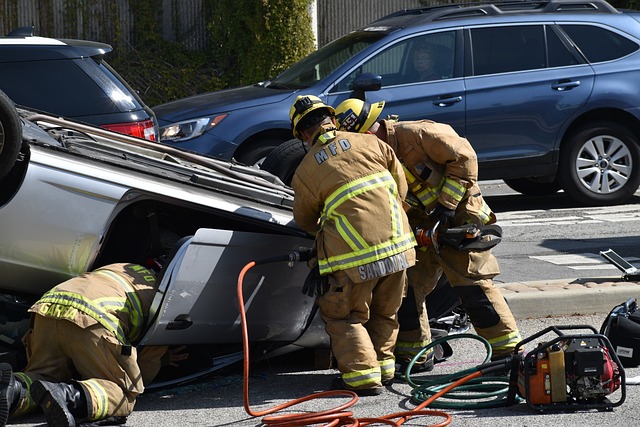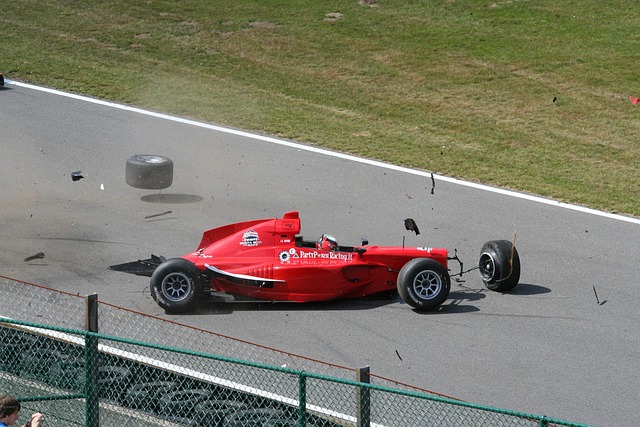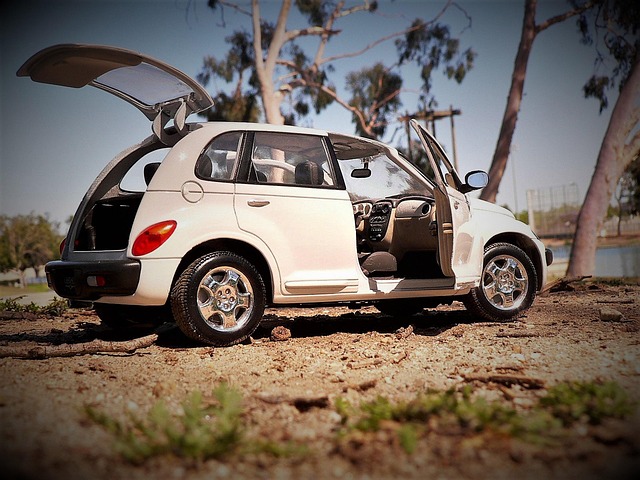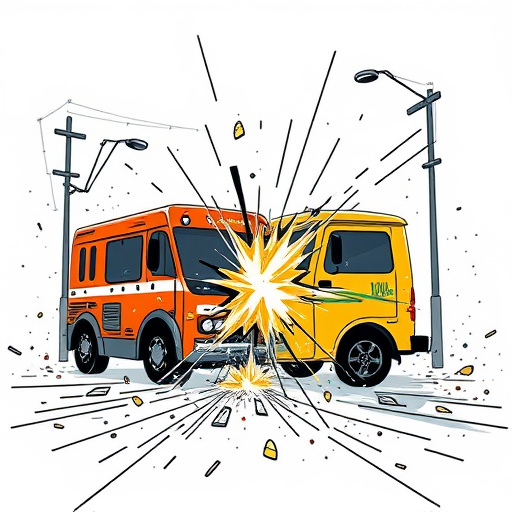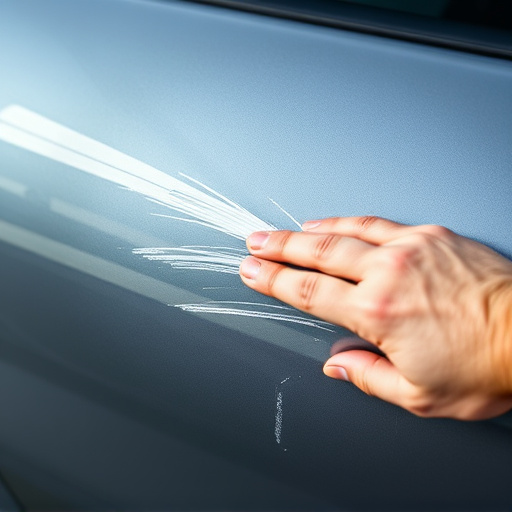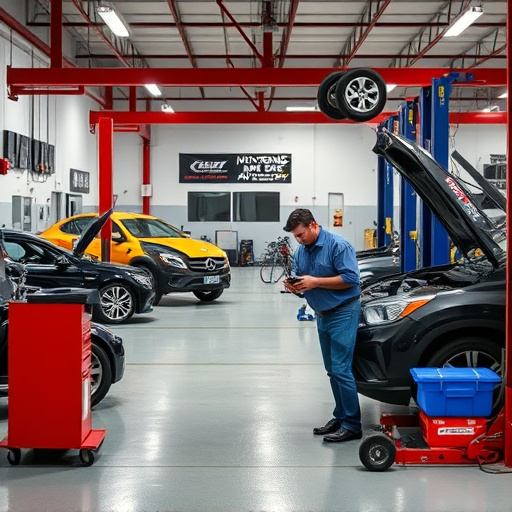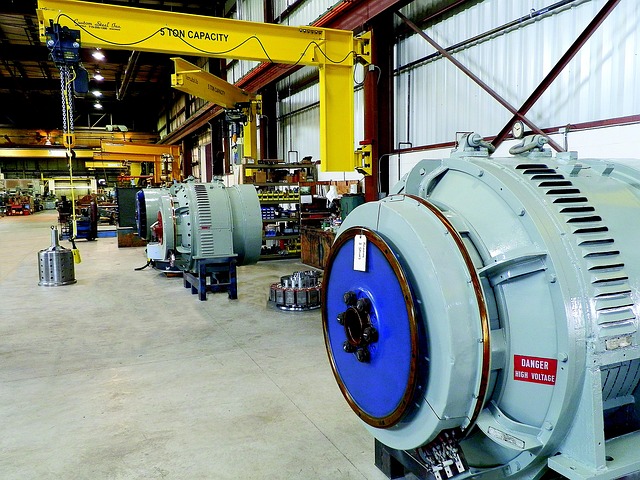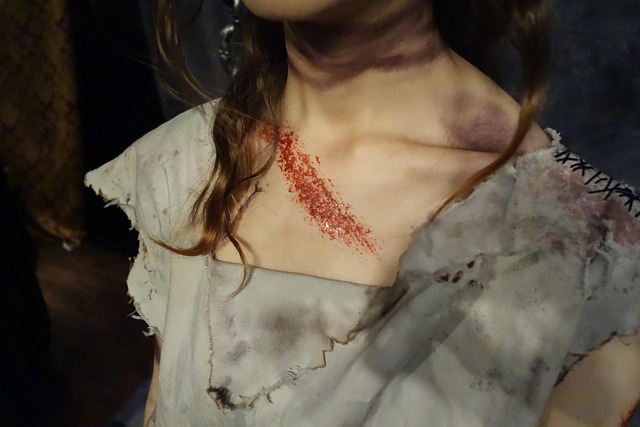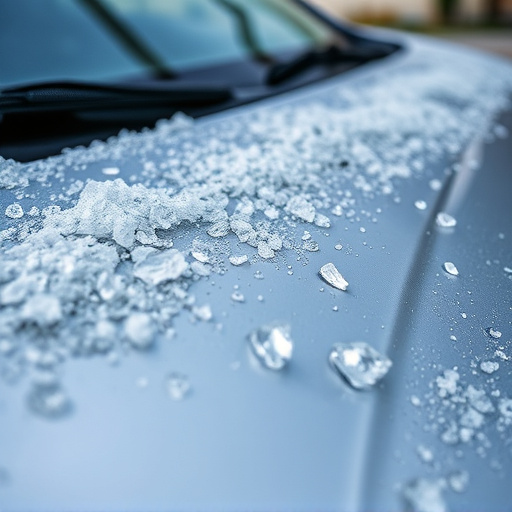Classic car restoration is an art that requires an immersive understanding of automotive history and engineering. It involves meticulous disassembly, repair, and reassembly to revive historical vehicles, preserving their unique design and driving experience. Restorers must invest in quality tools, materials, and safety gear to navigate the complex process, ensuring each classic car's legacy is honored with accurate restoration techniques.
Dive into the captivating world of classic car restoration with our complete beginner’s guide. Whether you’re a novice or eager enthusiast, this step-by-step journey will transform your understanding of these timeless vehicles. From grasping the fundamentals of classic cars to navigating the restoration process and equipping yourself with essential tools and materials, we’ll equip you with the knowledge needed to embark on this exhilarating endeavor. Discover the art of breathing new life into automotive history.
- Understanding Classic Cars: A Beginner's Perspective
- The Restoration Process: Step-by-Step Guide
- Tools and Materials: What You Need to Get Started
Understanding Classic Cars: A Beginner's Perspective
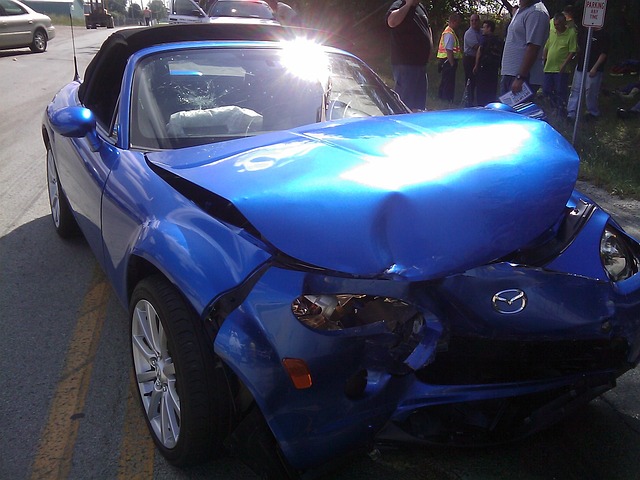
For a complete beginner dipping their toes into classic car restoration, understanding these timeless machines is a crucial first step. Classic cars are more than just vintage vehicles; they’re works of art and engineering marvels from a bygone era. Each one tells a story through its design, history, and the way it drives. To approach auto body restoration or even basic upkeep, one must appreciate these unique characteristics—from the intricate curves of classic car designs to the nuances of their engines and interiors.
This perspective encourages restorers to preserve not just metal and glass (auto glass repair) but also the essence and history of a vehicle. It’s about learning to navigate the complex world of classic car parts, understanding the challenges of auto bodywork repairs, and appreciating the art of restoration—all while respecting the past and paying homage to these iconic vehicles.
The Restoration Process: Step-by-Step Guide
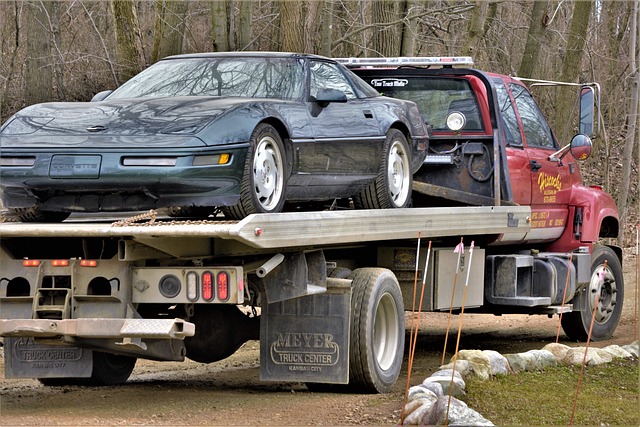
The process of restoring a classic car is an art that combines meticulous attention to detail and a deep understanding of automotive history. It’s akin to bringing a cherished piece of history back to life. Here’s a simplified breakdown of the steps involved in this fascinating journey:
1. Assessment: Begin by thoroughly inspecting the vehicle, identifying any damage, both visible and hidden. This includes checking for rust, paint issues, and assessing the overall structural integrity, especially after potential vehicle collision repair. Take detailed notes to guide your restoration path.
2. Disassembly: Carefully take apart the car, piece by piece. This methodical process allows for a deeper examination of each component, ensuring nothing is overlooked during the collision repair or car scratch repair stages. It’s crucial to document each step to facilitate reassembly later.
3. Cleaning and Preparation: A classic car restoration isn’t just about fixing parts; it’s also about returning it to its former glory. Start by thoroughly cleaning the car, removing years of dirt and grime. Then, prepare the surface for paintwork or other finishing treatments, addressing any imperfections like rust spots or scratches.
4. Repair and Replacement: Depending on the severity of damage, you might need to source replacement parts, either original or reproduction. For minor scars, collision repair techniques come into play, smoothing out dents and cracks. Ensure all repairs are precise and in line with the car’s vintage aesthetics.
5. Finishing Touches: This is where the magic happens! Apply paint, trim, and other finishing elements, aiming to match the original specifications as closely as possible. Let the paint dry completely before adding final details like chrome accessories and glassware.
6. Reassembly: With all repairs and finishes complete, it’s time to put the car back together. Reassemble each component with care, ensuring every bolt is secured properly. Test all mechanisms, including steering, brakes, and lighting systems, to guarantee optimal performance.
Tools and Materials: What You Need to Get Started
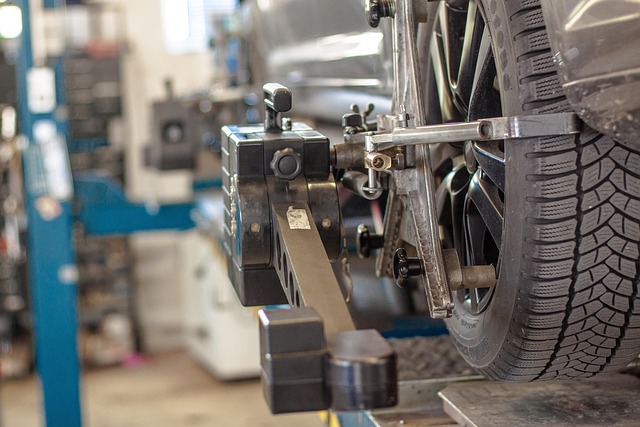
Embarking on your first classic car restoration project? The right tools and materials are essential for success in this fulfilling endeavor. Start by investing in a comprehensive set of basic tools, including socket sets, wrenches, screwdrivers, pliers, wire cutters, and sandpaper. For painting and detailing, you’ll need automotive paint (in the correct colors), primers, clear coats, body putty for patching minor dents or scratches, and various brushes and applicators. Don’t underestimate the importance of safety gear like gloves, eye protection, and a respirator to protect against harmful fumes during painting and other tasks, especially when engaging in auto body services or vehicle collision repair.
Beyond these essentials, consider specialized tools for specific jobs such as a frame rack (for straightening metal), an arc welder (for joining parts), and a buffer (for achieving a smooth finish). Remember that quality matters; opting for high-quality materials and tools from reputable suppliers will ensure better results and make your restoration process smoother.
Classic car restoration is a rewarding journey that combines passion, skill, and patience. By understanding the fundamentals of these timeless machines and following a structured process, beginners can transform a vintage vehicle into a shining gem. Armed with the right tools, materials, and knowledge from this guide, you’re well-equipped to embark on your classic car restoration adventure, ensuring each step brings you closer to revealing its former glory.
